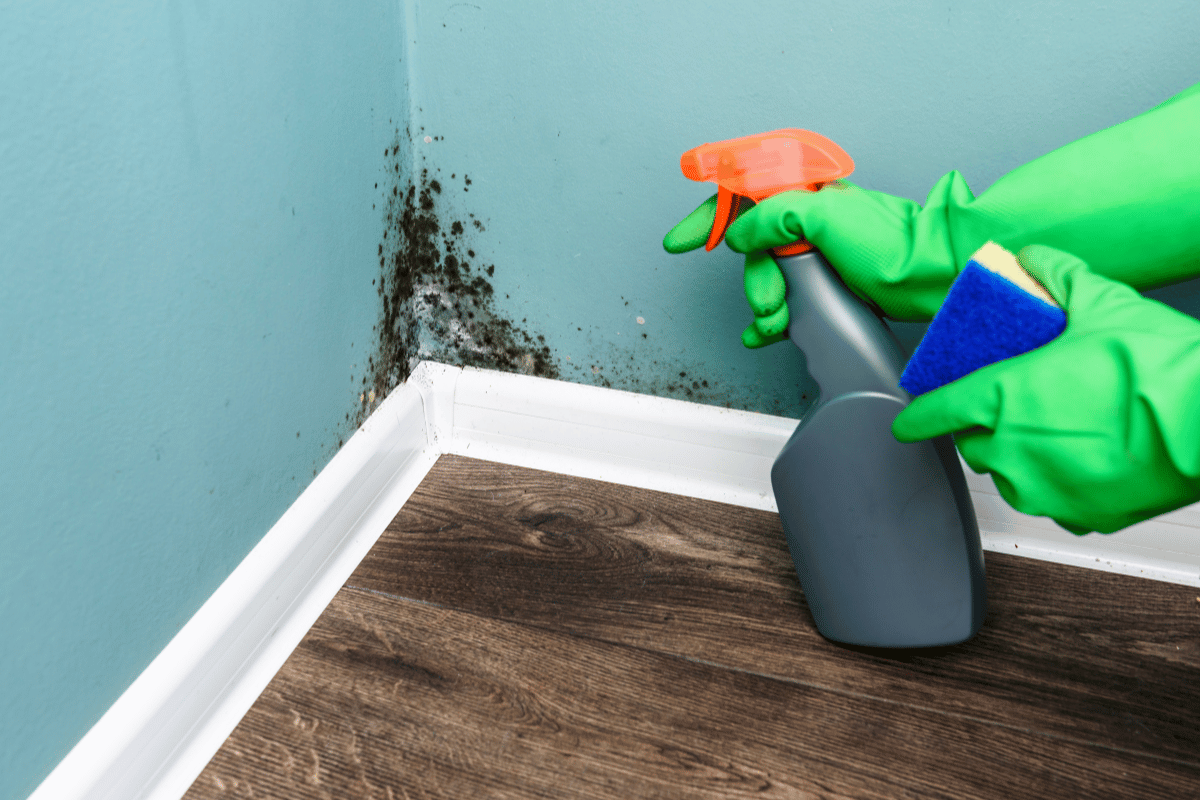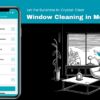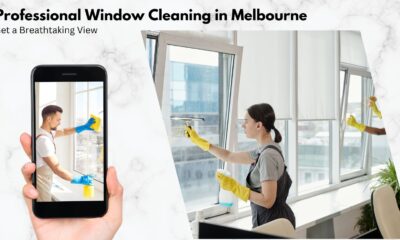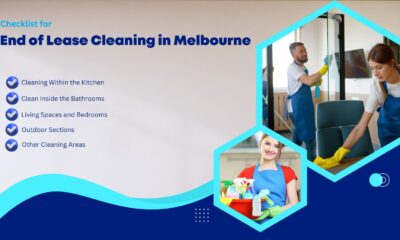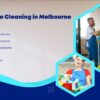Cleaning
A Cleaner Approach: Say Goodbye to Mould and Mildew
Mold and mildew can spell trouble for homeowners and renters alike. These unsightly blemishes are more than just an eyesore; they can become health hazards if left unchecked. Let’s delve deeper into understanding these invaders and how to effectively counteract them.
Understanding Mould and Mildew
Mould represents a vast group of fungi that can manifest in various colours, including green, black, white, and orange. It particularly enjoys damp, shadowy environments. On the other hand, mildew, a particular type of mould, often surfaces as a powdery substance, either white or Gray. It’s a common blight on plants and moisture-laden surfaces.
The Health Implications
Mould and mildew, if ignored, can lead to various health complications. These include allergies, respiratory issues, and even skin irritations. Individuals with already compromised health or existing respiratory conditions might experience more intense reactions. Ensuring a mould-free environment, hence, isn’t just about aesthetics but critical for well-being.
Proactive Prevention
1. Ventilation: Ensure spaces, especially bathrooms and kitchens, have ample airflow. Use exhaust fans to expel steam and moist air, reducing the chances of mould formation. Regularly airing out your home can also make a difference.
2. Dehumidifiers: In naturally damp areas, such as basements or garages, a dehumidifier can be invaluable. By maintaining a humidity level below 60%, these devices create an environment where mold struggles to flourish.
3. Address Leaks: Regularly inspect for leaks in your home. From plumbing to roofing, even minor seepages can become breeding grounds for mold over time. Regular maintenance checks can nip these problems in the bud.
Harnessing Natural Cleaning Solutions
1. Vinegar: This pantry staple is more than just a cooking ingredient. Its acidity actively combats mold. By spraying undiluted vinegar on mold, leaving it for an hour, then scrubbing, you can effectively tackle most mold issues. Plus, it leaves a clean, deodorized surface in its wake.
2. Baking Soda: A versatile agent, baking soda not only combats mold but deodorizes the area. A mix of baking soda and water can be sprayed onto moldy surfaces. Let it sit, scrub, and then rinse. For stubborn spots, a vinegar and baking soda combo can be potent.
3. Tea Tree Oil: Recognized for its antifungal properties, tea tree oil, though a tad pricier, can be an effective mold remedy. A diluted mixture (10 drops to a cup of water) can be applied to the affected area, with no need to rinse.
Exploring Commercial Options
For severe infestations, commercial mold removers can be more effective. Look for eco-friendly options that eliminate mold without introducing harmful chemicals into your living space.
Routine Checks and Maintenance
By inspecting common mold hotspots like beneath sinks, around windows, or in cellars, homeowners can spot early signs of mold. Addressing these signs promptly ensures the issue doesn’t escalate.
Tailored Solutions for Different Areas
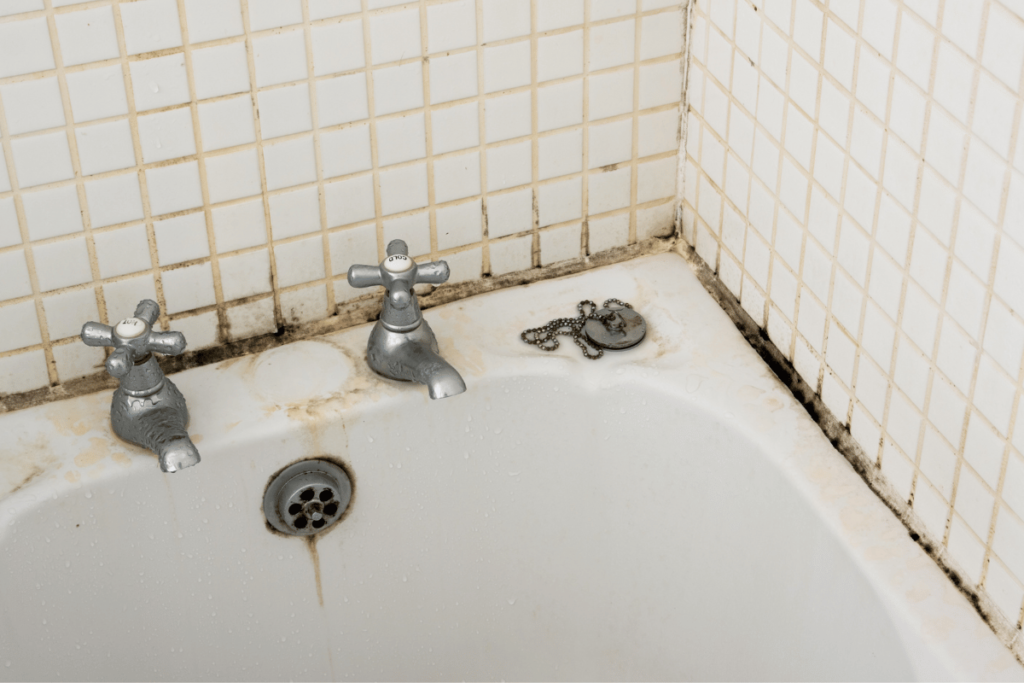
1. Bathrooms:
- Tiles & Grout: Mold loves the spaces between tiles. Using a simple mixture of water and vinegar or a specialized tile cleaner can help keep them clean. When cleaning grout, a toothbrush can be an excellent tool to scrub away any beginning signs of mold.
- Shower Curtains: Fabric or plastic, shower curtains are prime mold real estate due to their constant exposure to water. Wash fabric curtains regularly and replace or clean plastic ones when you notice spots or a musty smell.
- Drying Areas: Wet surfaces are mold’s playground. After a bath or shower, ensure the area is well-ventilated. Keep windows open if possible or use exhaust fans to expedite drying. The quicker the drying, the lesser the chance for mold to form.
- Squeegees: A simple tool that makes a huge difference. Running a squeegee over the walls and floor of your shower after use can remove excess water, significantly reducing mold risk.
2. Kitchens:
- Immediate Clean-up: Spills, especially of sugary substances, can be a feeding ground for mould. Wipe down countertops after cooking and clear any standing water near the sink.
- Under the Sink: This is a common area where leaks might go unnoticed. Regularly clear out the area and check for dampness or pooling water.
- Appliances: Behind refrigerators or under dishwashers are also mold hotspots. Ensure they’re clean, and the areas they cover are dry and free from food debris.
3. Basements:
- Ventilation: Basements can feel stuffy. Invest in good quality fans or ventilation systems. Ensure there are enough air outlets to keep it fresh.
- Storage: When storing items, especially fabrics, ensure they are completely dry. Use plastic bins with tight-sealing lids instead of cardboard boxes, which can absorb moisture and become a moldy mess.
- Regular Inspections: Check walls for damp patches, and if you smell a musty odor, investigate. It’s often a sign of mold presence.
4. Closets:
- Dry Clothing: It’s tempting to store slightly damp clothes, thinking they’ll dry eventually. However, in enclosed spaces like closets, this can foster mold growth.
- Ventilation: If possible, ensure your closets can breathe. This might mean occasionally keeping the doors open or ensuring there’s space for air to circulate.
- Moisture Control: Products like silica gel packs or small dehumidifying units can be invaluable in closets, especially those in naturally damp areas of the home.
5. Attics:
- Insulation: Properly insulating your attic not only saves on energy costs but can also prevent condensation, a leading cause of mold in such spaces.
- Ventilation: Like basements, attics can benefit immensely from good ventilation. This keeps the air fresh and reduces humidity.
- Regular Checks: Attics are often out-of-sight, out-of-mind spaces. Regularly inspect for signs of water damage, leaks, or rodent activity, all of which can lead to mold problems.
By giving attention to these specific areas and following the guidelines provided, homeowners can drastically reduce the risk of mould and mildew infestations in their homes.
Professional Assistance
If mould persists or covers a large area, it may be time for professionals. They offer comprehensive solutions, from identification to eradication, ensuring a mould-free environment.
In Conclusion
While mould and mildew are common issues, they can be effectively managed. Regular maintenance, a proactive approach, and the right cleaning solutions can help homeowners maintain pristine living spaces. Prioritizing these efforts is essential not just for a home’s aesthetic appeal but, more importantly, for the health of its occupants.


